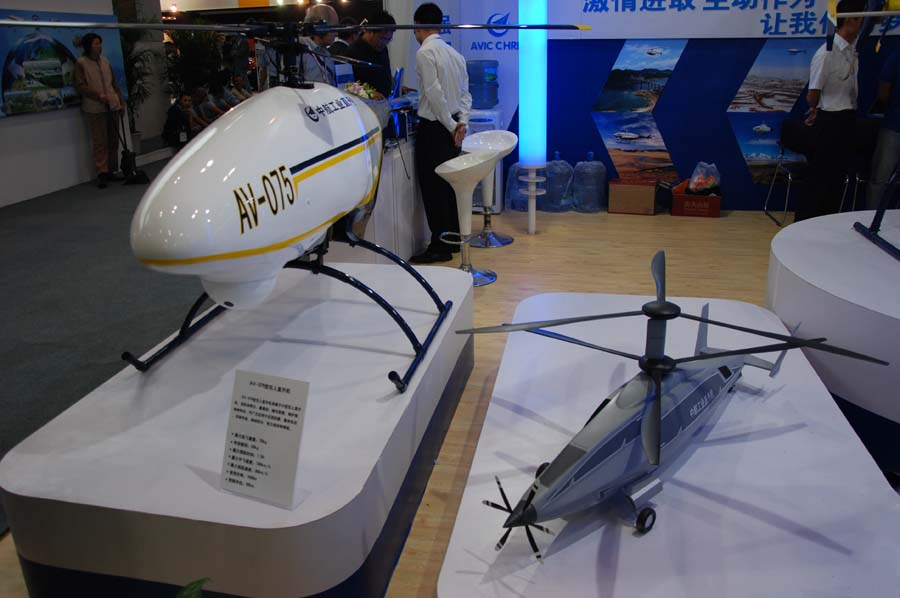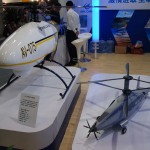China is developing new ultrafast and advanced helicopters and is set to produce prototypes of the aircraft within the next decade, according to the country’s chief helicopter designer, the China Daily reported.
“The development of advanced, new-concept helicopters has been included in national aviation industry plans and related experiments such as the wind tunnel tests are underway,” said Wu Ximing, chief helicopter designer at Aviation Industry Corp. of China.
Wu added that they are expecting to produce some proof-of-concept prototypes in the next four to five years to examine the design as well as to conduct some test flights. He said that they are planning to make production prototypes before 2025.
In Sept. 2013, the Aviation Industry Corporation of China presented models of several new-concept helicopters for the first time at the Second China Helicopter Expo. Among the exhibited include the Blue Whale tilt rotor aircraft and the unmanned Jueying-8 helicopter, which are both being developed by the company’s Helicopter Research and Development Institute.
According to the report, the Blue Whale has the advantage to fly at an ultrafast speed of 700 kilometers per hour, which is twice the top speed of most helicopters today.
On the other hand, the Jueying-8, an unmanned, high-speed helicopter, has shuttle-shaped structure that allows it to gain a maximum speed of 400 km/h. Its unique design makes the helicopter less detectable by radar.
Wu Peixin, an editor at Aerospace Knowledge magazine, said that the projects show China has expertise in the development of aerodynamics, composite materials and helicopter engines.
Song Zhongping, a military affairs commentator, told Qianjiang Evening News of Zhejiang Province that ultrafast helicopters have a huge potential in counterterrorism and anti-submarine tasks as well as maritime search and rescue. Their high speed will help them evade anti-aircraft weapons, he added.
Photo’s 1 caption: Wu Ximing, chief helicopter designer at Aviation Industry Corp. of China.














